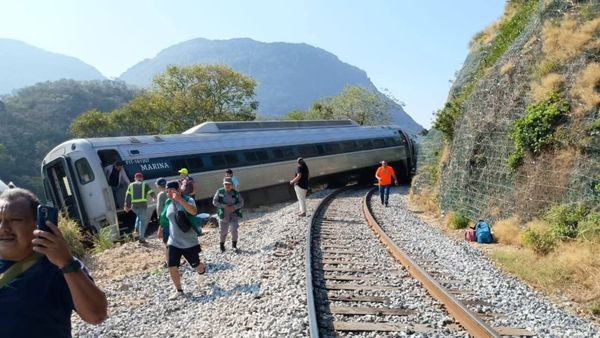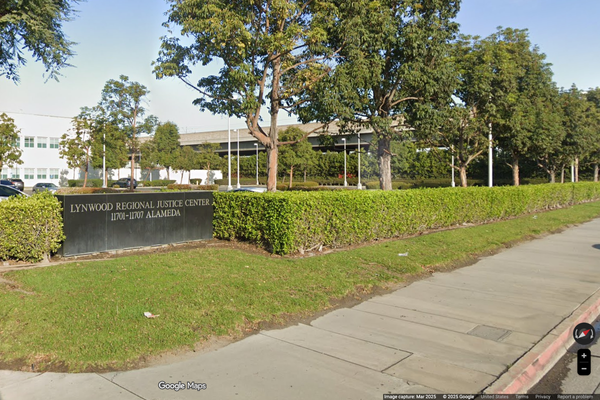

On Saturday, Parisians and tourists alike were able to swim in France’s Seine River for the first time in over a century. The river has been closed off to swimmers since 1923, when it was deemed too polluted to swim in safely.
Though the city has talked about cleaning up the Seine since the 1990s, the real push came in 2015 when Paris made a bid to host the 2024 Olympics. In that nine-year span, enough progress was made that open-water swimming races were held in the waterway. Even Paris Mayor Anne Hidalgo took a dip last summer to prove the river was clean enough to host competitions.



To ensure the river was Olympic-ready, Paris invested $1.5 billion into the cleanup effort, known as the “Swimming Plan.” As a result, more than 20,000 homes that were previously dumping wastewater into the Seine have now been integrated into the sewer system, significantly reducing the amount of pollution seeping into the river.
However, the all-clear is not indefinite: city officials will continue to monitor bacteria levels daily to determine if the river is safe to swim in, and green and red flags will mark whether or not swimmers can take a dip. On Sunday, just one day after the river’s grand reopening, the flags were red after that day’s rainfall brought levels of bacteria to an unsafe point. Heavy rains can overwhelm the newly built cisterns, which can hold up to 13 million gallons of wastewater that would otherwise go directly into the Seine.
On the days that bear a green flag, the three swimming locations will allow about 1,000 visitors a day until the end of August.









